Beneath India’s vibrant surface—past the farms, cities, and ancient rocks—lie untold mineral riches crucial for modern industry and clean energy. As the world races to secure rare earths, copper, lithium, and other critical resources, India is making a leap: fusing artificial intelligence (AI) with geological expertise to reinvent mineral exploration. This revolution promises faster discoveries, more efficient extraction, and a true shot at “Atmanirbhar Bharat”—self-reliance in natural resources.
Let’s explore how AI is unlocking India’s treasure trove, why this matters, and what it means for India’s future.
The Strategic Role of Minerals: India at a Crossroads
Minerals like rare earth elements, copper, gold, and battery metals are the backbone of everything from mobile phones to solar panels. As the global supply tightens (think China-dominated rare earths), India’s ambitions in advanced manufacturing, defense, and green tech hinge on reliable, domestic mineral sources.
But the challenge is massive:
- Huge, geologically complex terrain.
- Difficult-to-access, deep-seated, or hidden deposits.
- High costs and environmental risks of traditional exploration.
Enter AI: Transforming the Hunt for Hidden Resources
Artificial intelligence—especially machine learning—is revolutionizing how India searches for minerals. Traditional geologists, armed with maps and experience, decipher layers of satellite images, geophysical signals, historical drilling, and field surveys. AI supercharges this process.
How Does It Work?
- Big Data Integration: AI models assimilate satellite imagery, geochemistry, geophysical surveys, and borehole logs—finding subtle, otherwise invisible patterns.
- Predictive Targeting: Algorithms identify where valuable deposits are most likely to be found, narrowing exploration from thousands to tens of square kilometers.
- 4D Modelling: AI can reconstruct subsurface rock evolution, integrating geology over time to spot “hidden” ore bodies.
Game-Changers in Action
- Hackathon-Led Innovation: IndiaAI and the Geological Survey of India (GSI) have hosted hackathons and launched application challenges, empowering Indian startups, researchers, and mining agencies to develop, test, and deploy AI models for mineral discovery.
- Regional Pilots: Rajasthan’s pilot AI mapping dramatically speeds up identification of new mineral zones—reducing manual work, environmental impact, and costs.
- Satellite + Drone Data: Advanced sensors and drones collect gigabytes of data; AI integrates them for near-instant, field-ready decision-making.
Benefits Beyond Acceleration: Sustainability, Safety, and Sovereignty
1. Green and Smart Discovery
- Reduces “blind” drilling and unnecessary fieldwork, lowering costs and environmental footprints.
- Helps model safe extraction, preventing landslides and minimizing disturbance.
2. Better Resource Allocation
- Focuses expensive exploration on the most promising zones.
- Enables planners to prioritize resources, budget wisely, and meet national demand forecasts.
3. National Self-Reliance
- Less dependence on imports of critical minerals like REE, battery metals, and copper.
- Opens new revenue streams and economic opportunities, especially for mining states.
Challenges: What Must India Overcome?
- Data Quality and Access: Historical geological data is patchy and inconsistent; digitization and open access are key.
- Talent Pipeline: India needs more AI-literate geologists and geoscientifically literate data scientists.
- Ethical AI Use: Models influencing land and environmental policy must be transparent and free from bias.
- Infrastructure: Rural connectivity, drone readiness, and robust digital infrastructure are essential.
Indian Success Stories and International Momentum
- National Mineral Targeting Initiatives: Joint IndiaAI–GSI projects have delivered success in mapping new zones in Karnataka, Andhra Pradesh, and Maharashtra.
- Rajasthan’s AI Mining Push: The state used AI, remote sensing, and ground-penetrating radar for the first time—identifying dozens of new mineral prospects for critical/strategic resources like copper and base metals.
- Private Sector Leadership: Startups and mining technology players are building AI platforms for dynamic exploration, real-time ore quality monitoring, and equipment safety.
- International Parallels: Globally, Australia and Canada are pioneering similar AI-first strategies—confirming India’s approach is globally competitive and future-ready.
Looking Ahead: A Smarter, Greener Mineral Sector
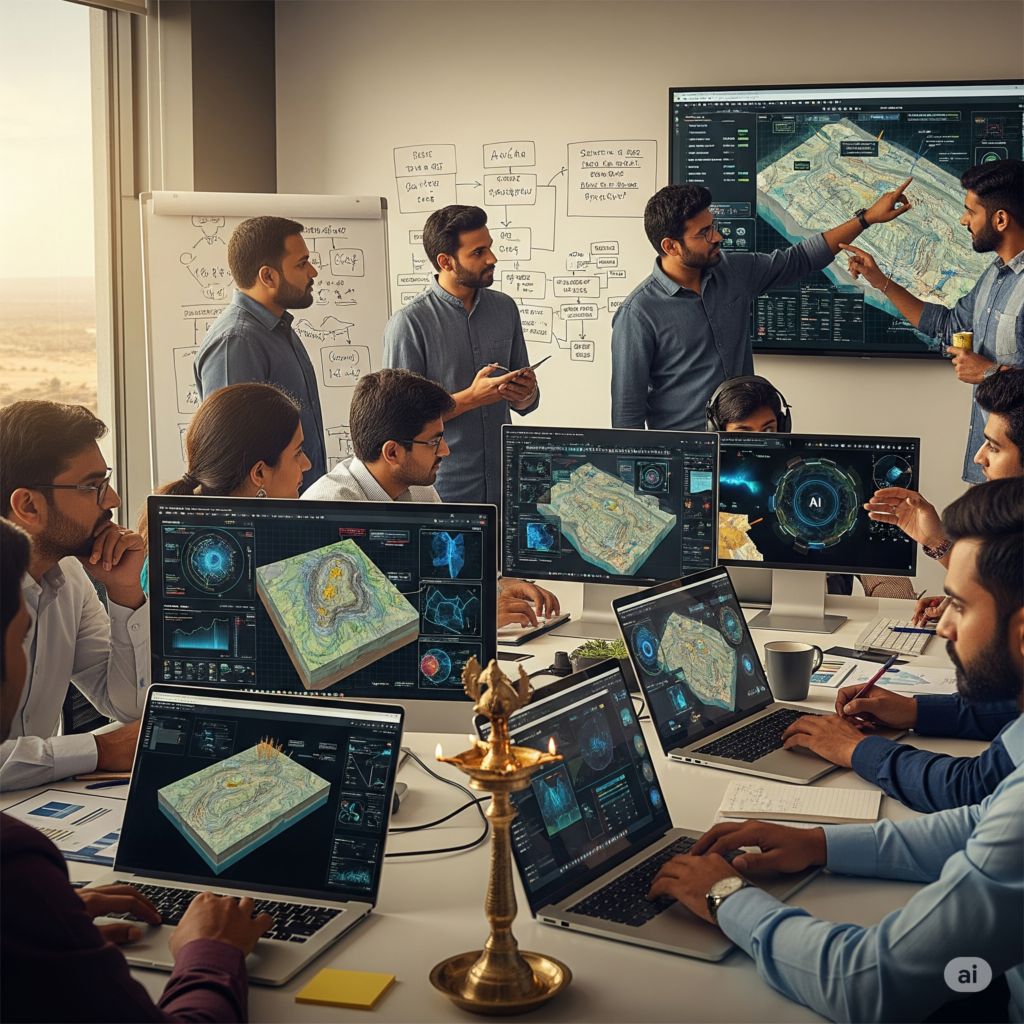
The path is clear: as India ramps up AI integration, mineral discovery will become:
- Faster: Months of manual work compressed to days.
- More Accurate: Fewer dry holes, more high-yield finds.
- Sustainable: Less damage to land, communities, and the environment.
- Economically Transformative: More mines, jobs, and competitive industries for a tech-driven India.
India’s Tech-Driven Mining Renaissance
India’s unique blend of rich geological terrain and digital innovation is positioning the country as a leader in the global mineral hunt. As AI and geological expertise continue to blend, a new era of discovery, sustainability, and economic self-reliance is dawning—one where technology helps both uncover and protect India’s natural heritage.
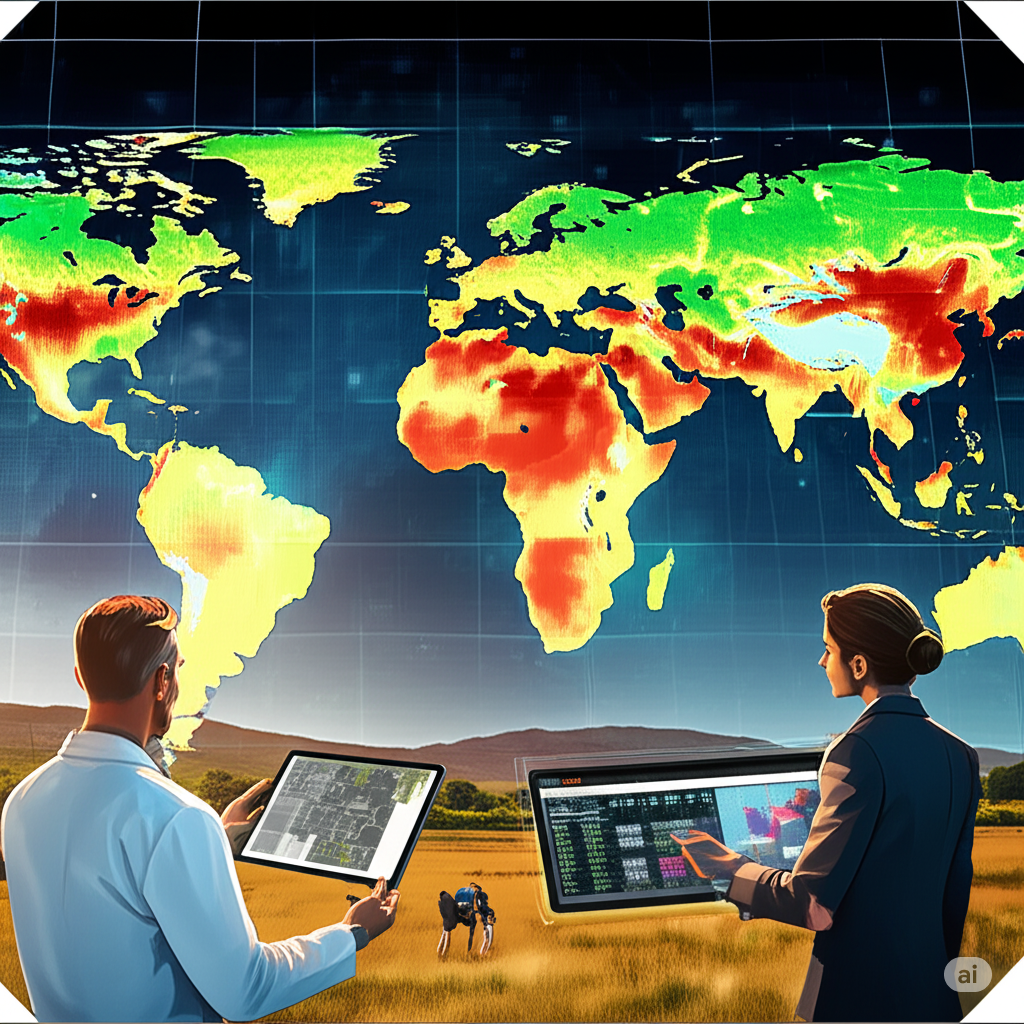

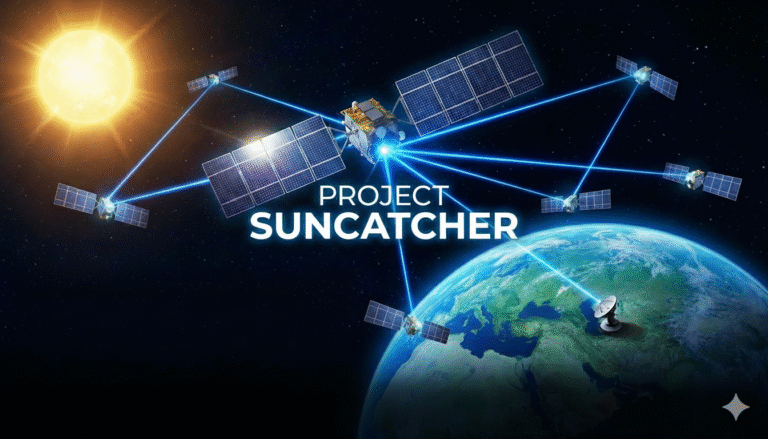
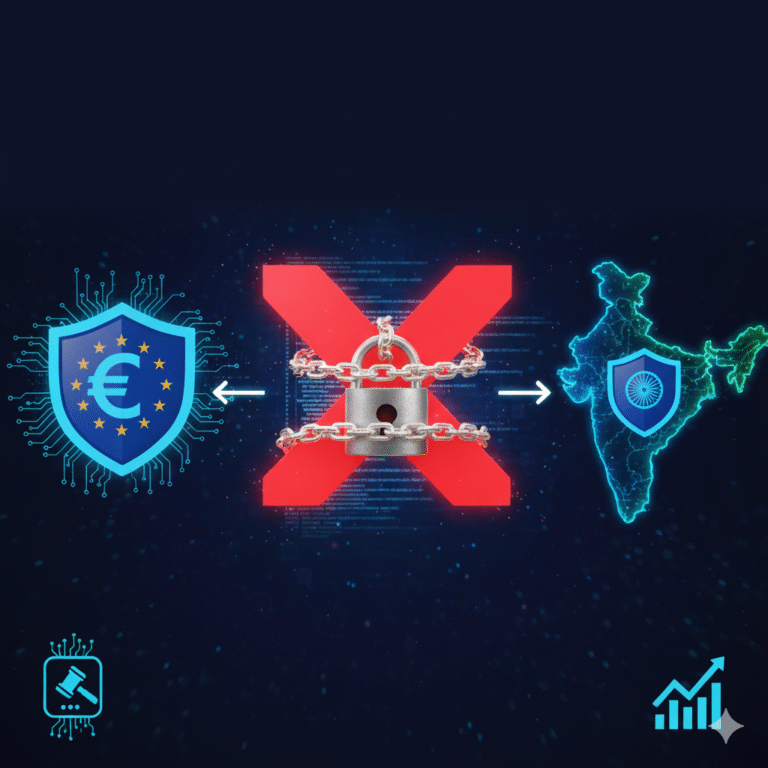



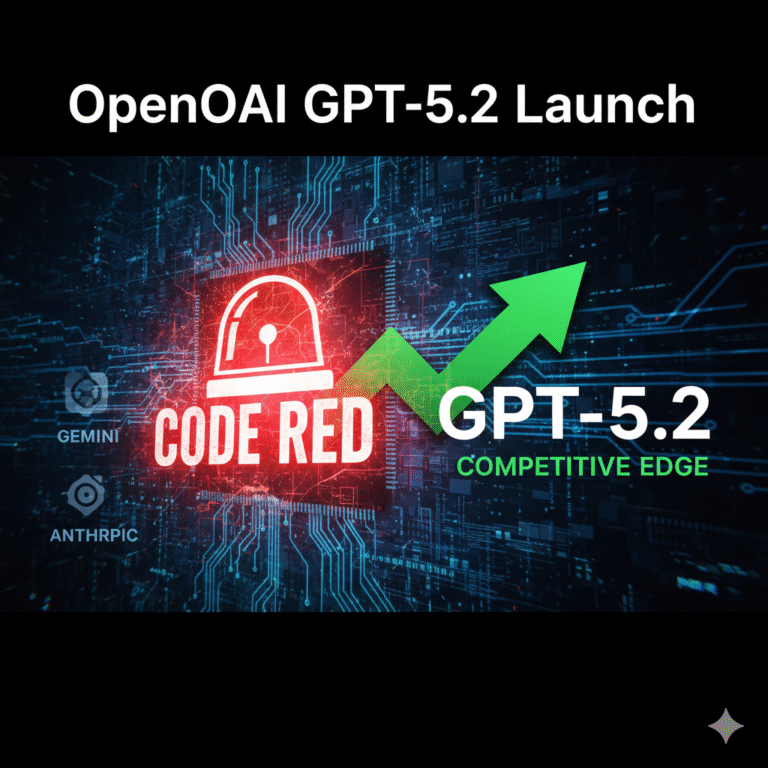
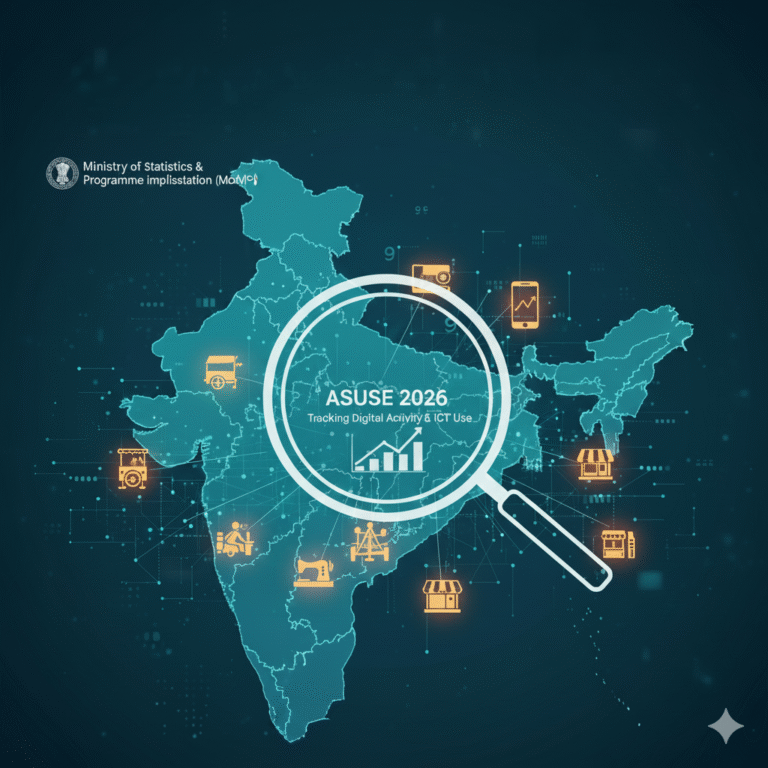
+ There are no comments
Add yours